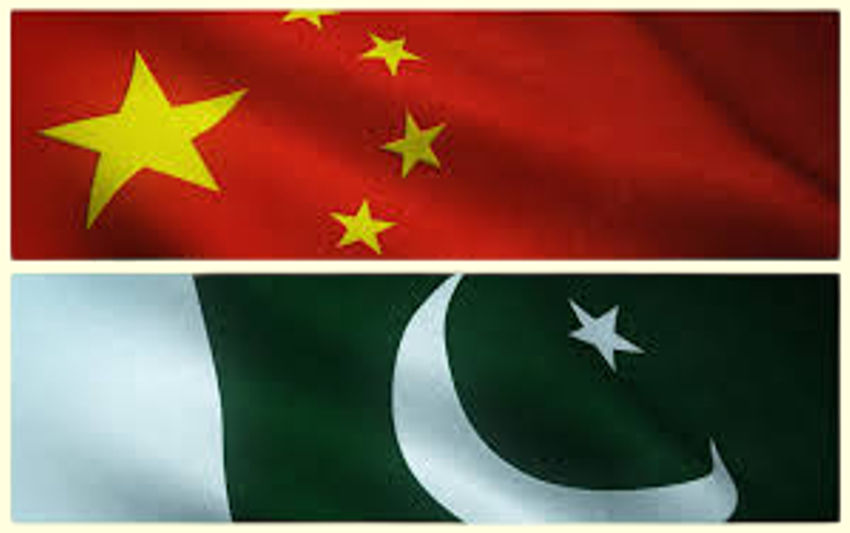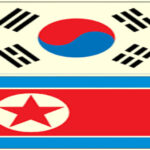Introduction
In recent years, China has emerged as Pakistan’s most significant technology partner, sharing expertise across defense, infrastructure, telecommunications, and energy sectors. This collaboration, often dubbed the “China-Pakistan Economic Corridor (CPEC) effect,” represents a strategic alliance that benefits both nations while raising geopolitical eyebrows. As Western nations scrutinize this relationship, it’s worth examining how technology transfer between Beijing and Islamabad is transforming Pakistan’s technological landscape and regional power dynamics.
Defense Technology: From JF-17 Fighters to AI Surveillance
China’s most visible technology exports to Pakistan appear in the defense sector. The jointly developed JF-17 Thunder fighter jet program symbolizes this partnership, with Pakistan’s Kamra Aeronautical Complex manufacturing the aircraft using Chinese designs and critical components. Recent upgrades now incorporate Chinese AESA radar systems and advanced avionics comparable to fourth-generation fighters.
Beyond hardware, China has transferred critical defense manufacturing capabilities:
– Main battle tank production (Al-Khalid series)
– Missile technology (Shaheen ballistic missiles showing Chinese design influence)
– Drone warfare systems (Wing Loong II equivalents)
Perhaps most controversially, China has helped Pakistan establish a comprehensive surveillance architecture. Chinese companies have installed:
– 5,000+ facial recognition cameras in Lahore alone
– Smart city systems in Islamabad with AI-powered monitoring
– A nationwide communication interception network
Infrastructure and Energy: Building Pakistan’s Backbone
The $62 billion CPEC initiative serves as the backbone of technological cooperation, with Chinese firms modernizing Pakistan’s infrastructure:
Power Sector Revolution
– 12 coal-fired power plants using Chinese ultra-supercritical technology
– Solar farms covering 9,000 acres in Punjab province
– Digital grid management systems reducing transmission losses by 18%
Transportation Upgrades
– Huawei’s intelligent traffic control in Karachi, which has a 30% reduction in traffic
– Fiber-optic networks along CPEC routes enabling 5G rollout
– Orange Line Metro in Lahore using Beijing Subway’s automated systems
Telecommunications: The Huawei Gateway
Chinese IT companies have a major role in Pakistan’s digital transformation:
75% of Pakistan’s telecom infrastructure is supplied by Huawei and ZTE; despite security worries in the West, 5G experiments utilizing Chinese equipment are now ongoing.
This dependence creates vulnerabilities – when a 2021 Huawei server failed, 40 million mobile users lost service for hours, demonstrating system fragility.
Industrial Technology Transfer
Beyond flashy projects, China shares manufacturing know-how through:
– Special Economic Zones (SEZs) with Chinese automation tech
– Textile factory upgrades increasing productivity by 150%
– Steel plant modernization (Pakistan Steel Mills revival)
However, critics argue these transfers focus on outdated technologies, keeping Pakistan dependent. Rather than encouraging indigenous creativity, the SEZs mostly assemble Chinese parts. The partnership faces growing scrutiny over:
– Evidence of Chinese-built systems enabling political surveillance
– Multiple incidents of data breaches at NADRA (national database)
– US allegations of Pakistan becoming a testbed for Chinese surveillance tech
A 2023 EU report suggested Chinese telecom equipment in Pakistan contains undocumented “maintenance interfaces” that could permit remote access.
A Calculated Exchange
China’s technology sharing with Pakistan represents a strategic investment rather than pure altruism. While Pakistan gains critical infrastructure and defense capabilities, China secures:
– A loyal ally in South Asia
– Testing grounds for its technologies
The Arabian Sea is accessible from Gwadar Port.
The long-term question remains whether this relationship will evolve into genuine technological co-development or cement Pakistan’s status as a perpetual technology importer. As Western nations increasingly restrict Chinese tech, Pakistan may become even more vital to Beijing’s global ambitions – for better or worse.
**The Bottom Line:** This partnership is reshaping regional power dynamics, with technology serving as both the currency and the weapon in a new era of digital geopolitics. Whether Pakistan can leverage these transfers to build independent capabilities will determine if this remains a mutually beneficial exchange or becomes a 21st-century version of technological colonialism.

